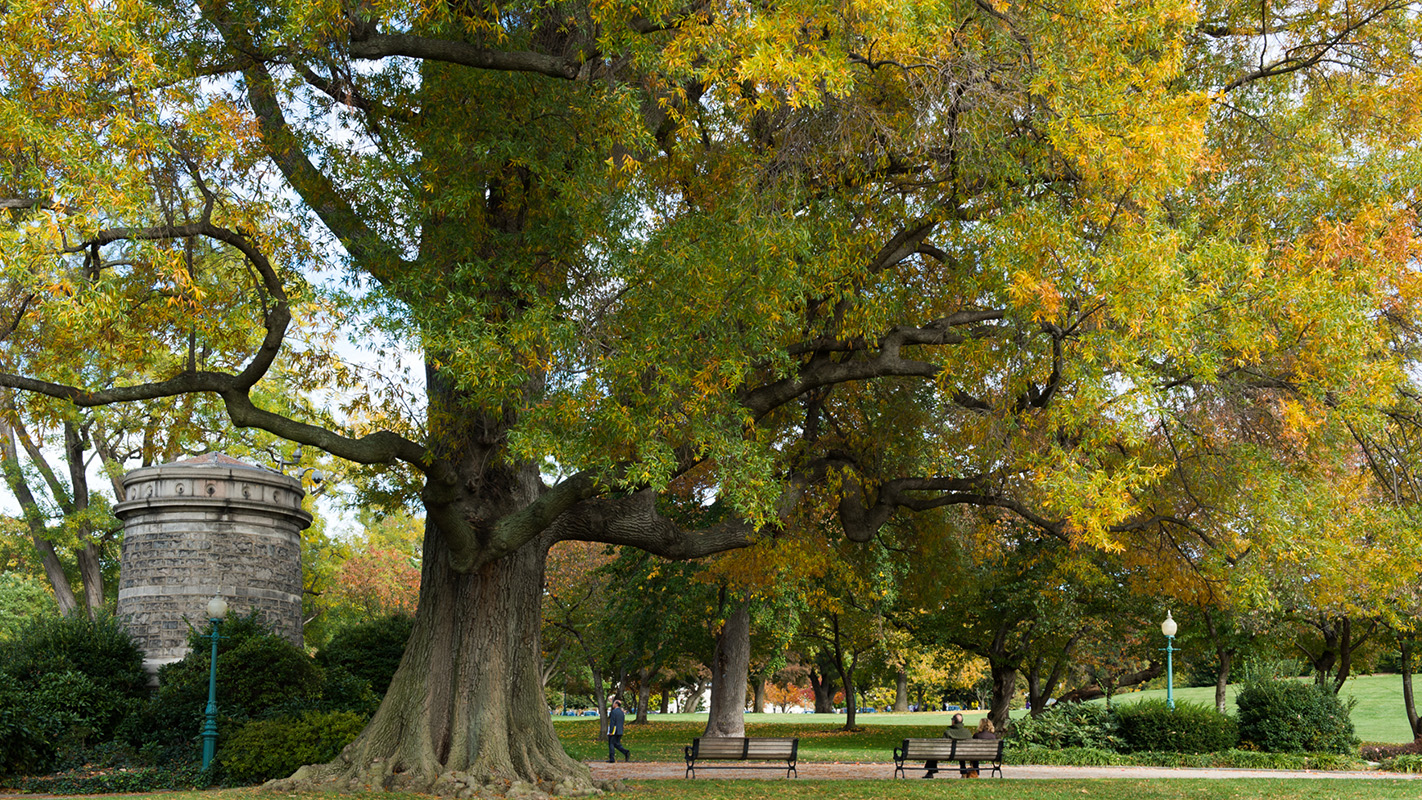environment
What Colors Do Bees See? And How Do We Know?

Natural Gas Pipeline Density Higher Overall in More Vulnerable U.S. Counties
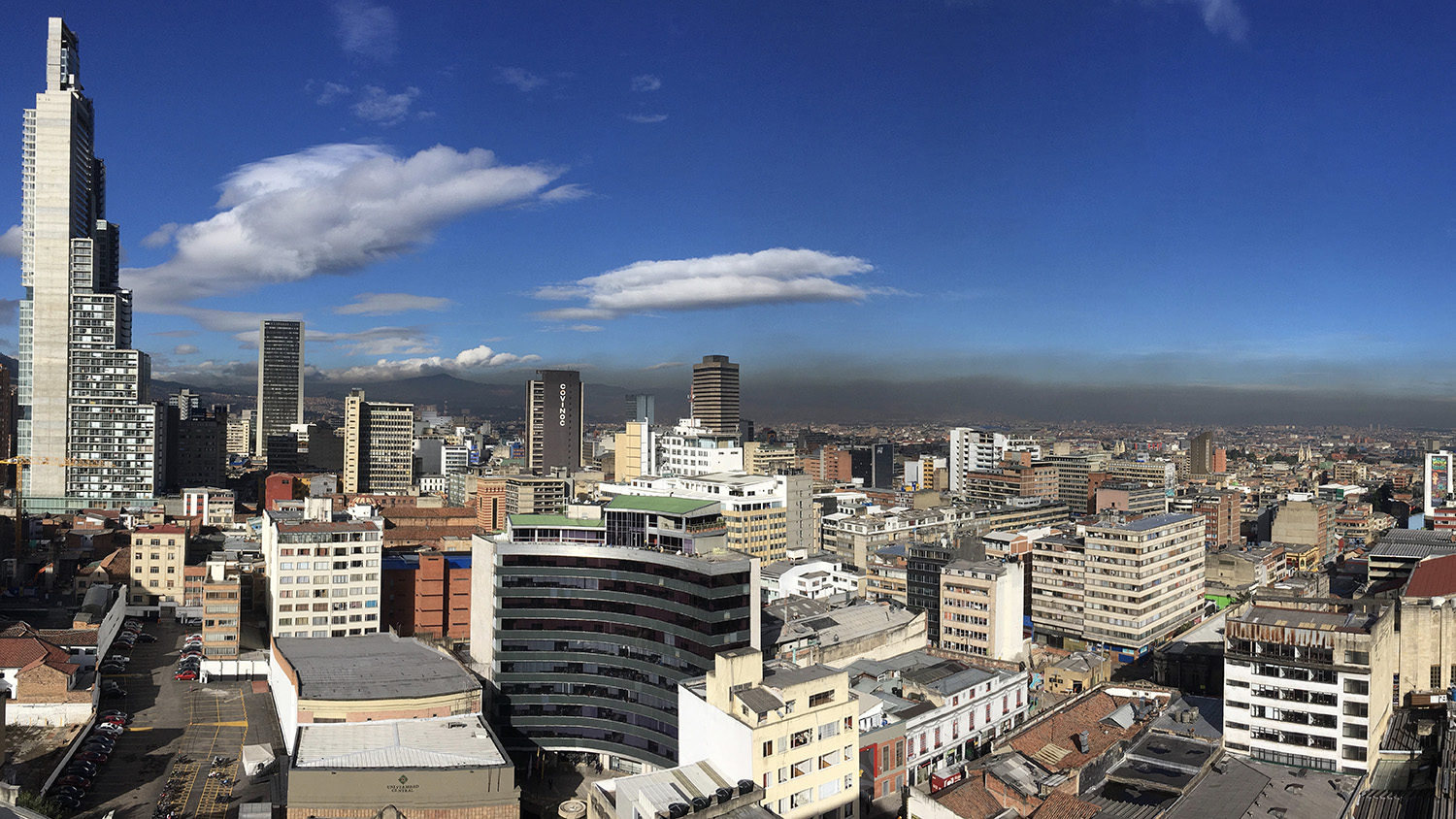
Researchers Use Air Quality Models to Reflect Polluted Reality in Latin America
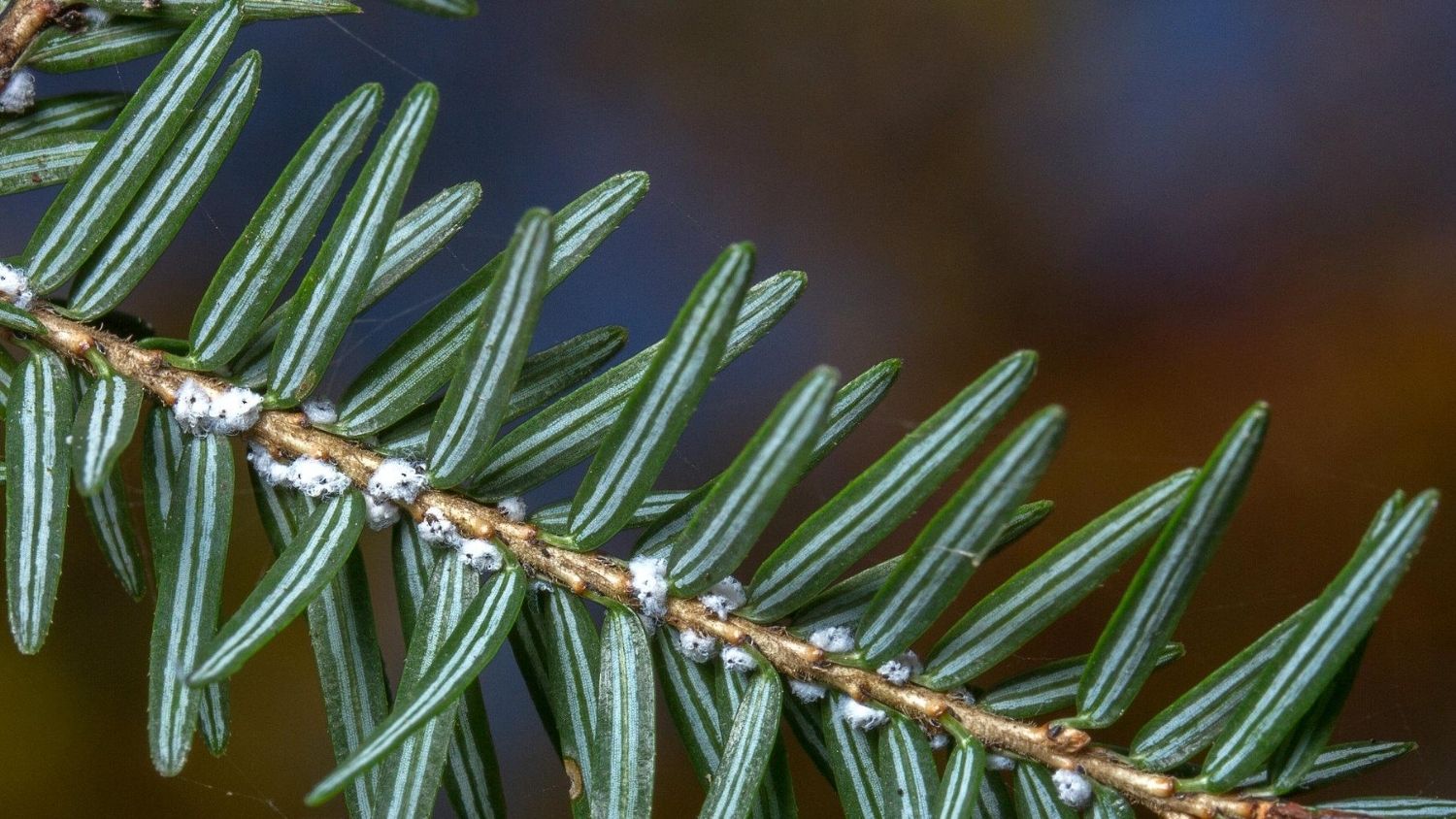
Researchers Warn of Food-Web Threats From Common Insecticides

EPA to Fund Study on Whether Treating Drinking Water Limits PFAS Exposure
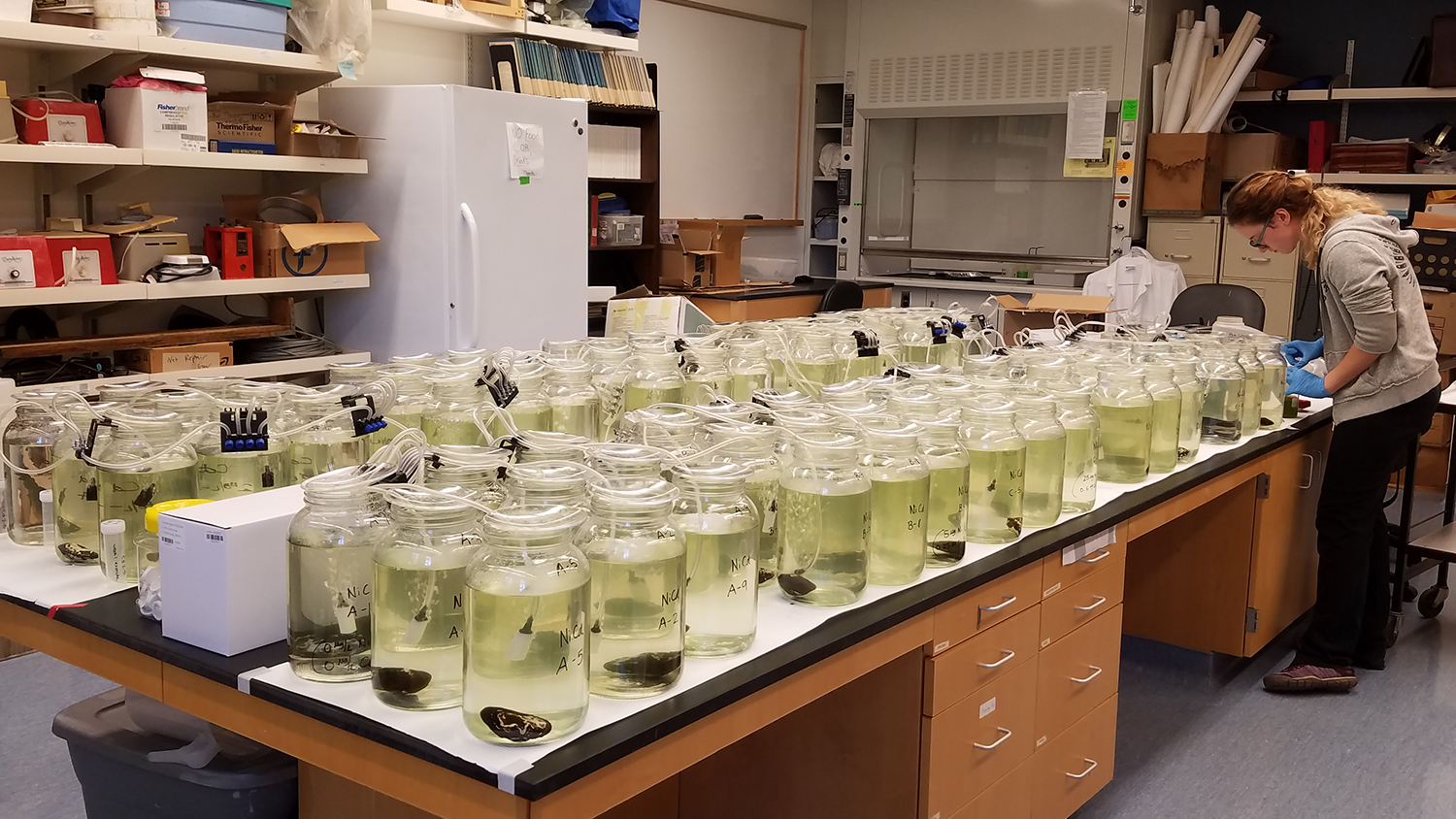
Study Will Examine Ecosystem Benefits Provided by Freshwater Mussels
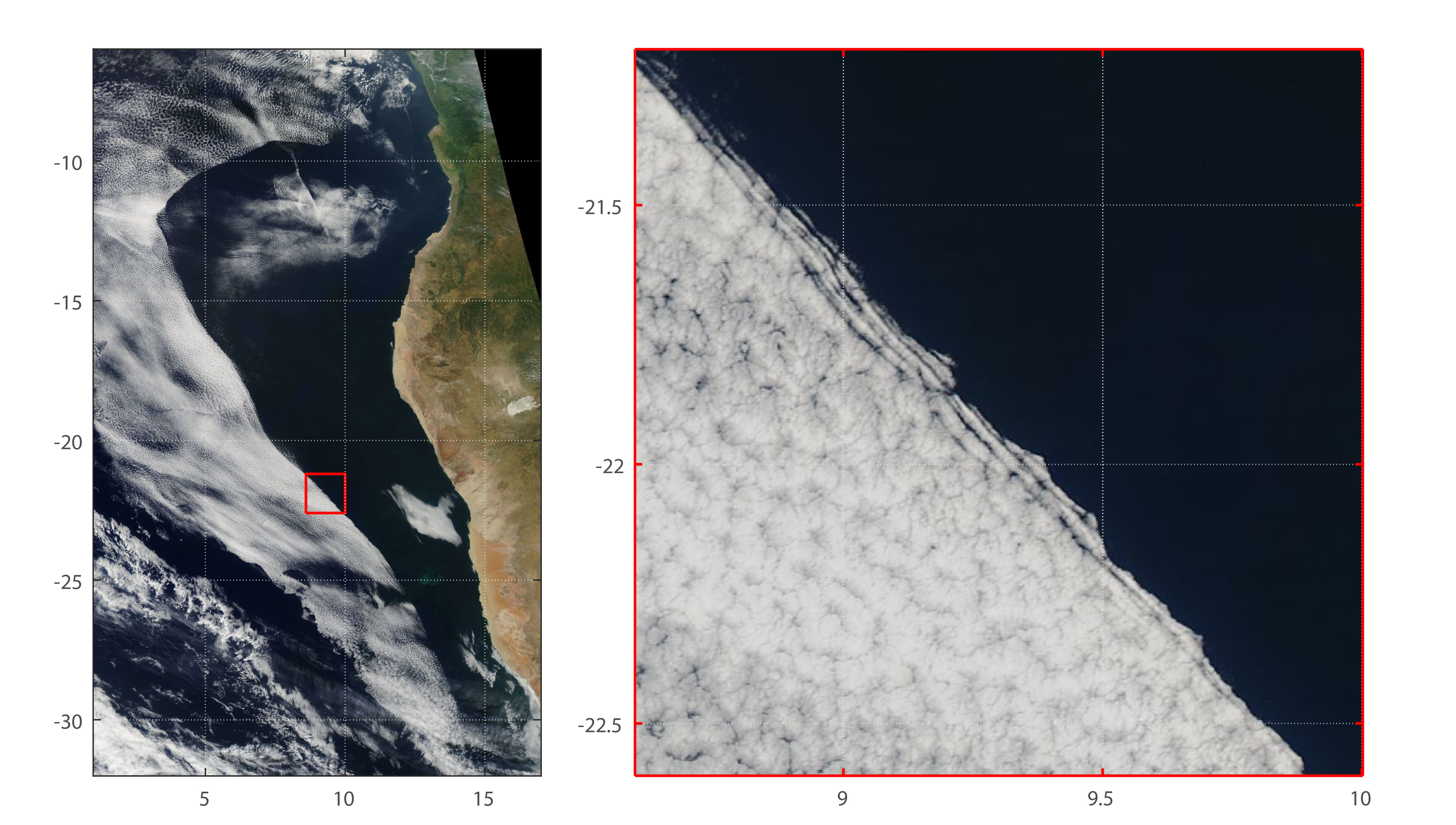
Rapid Cloud Clearing Phenomenon Could Provide Another Piece of Climate Puzzle
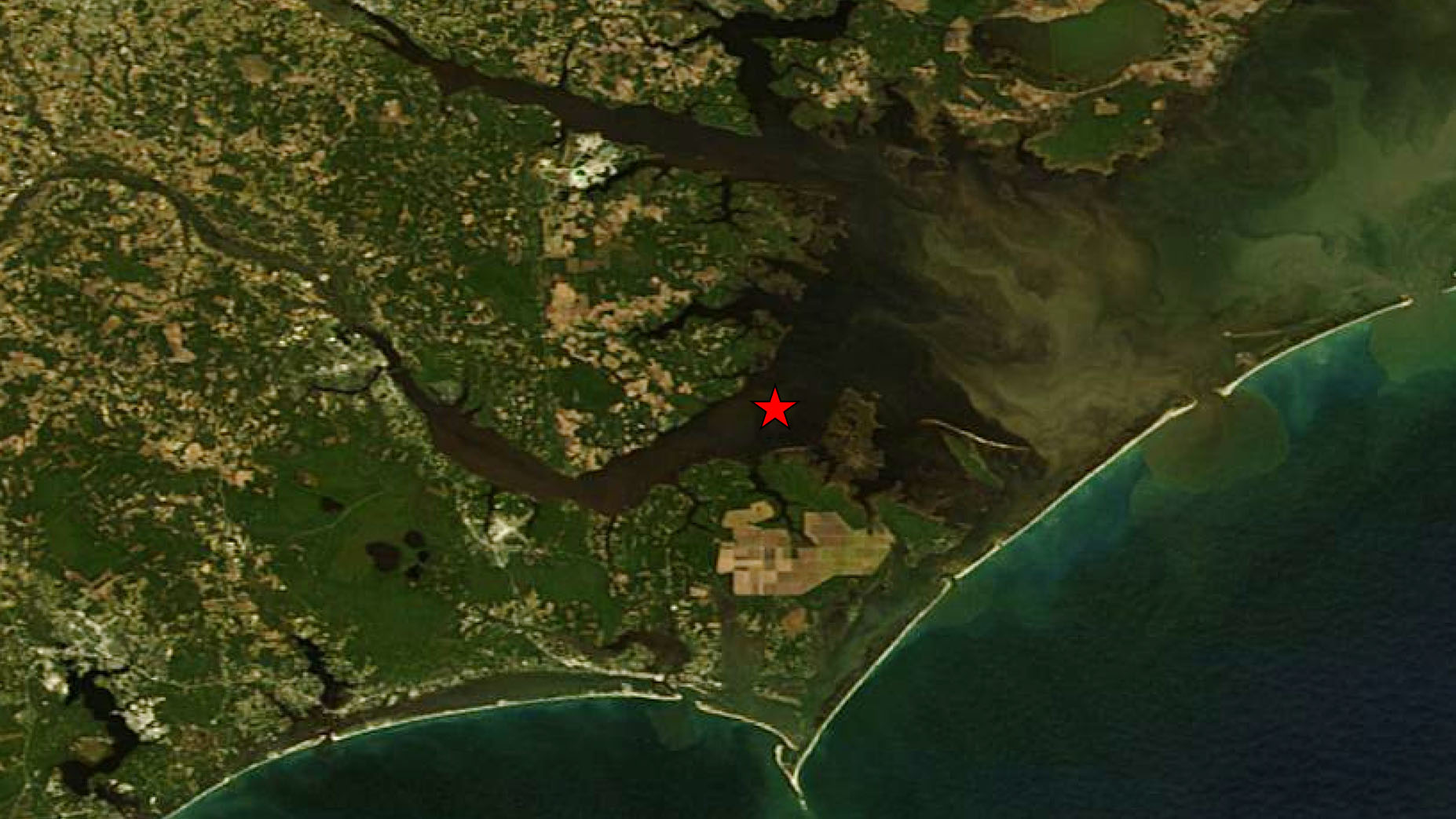
How Frequent Hurricanes Change Estuarial Ecosystems
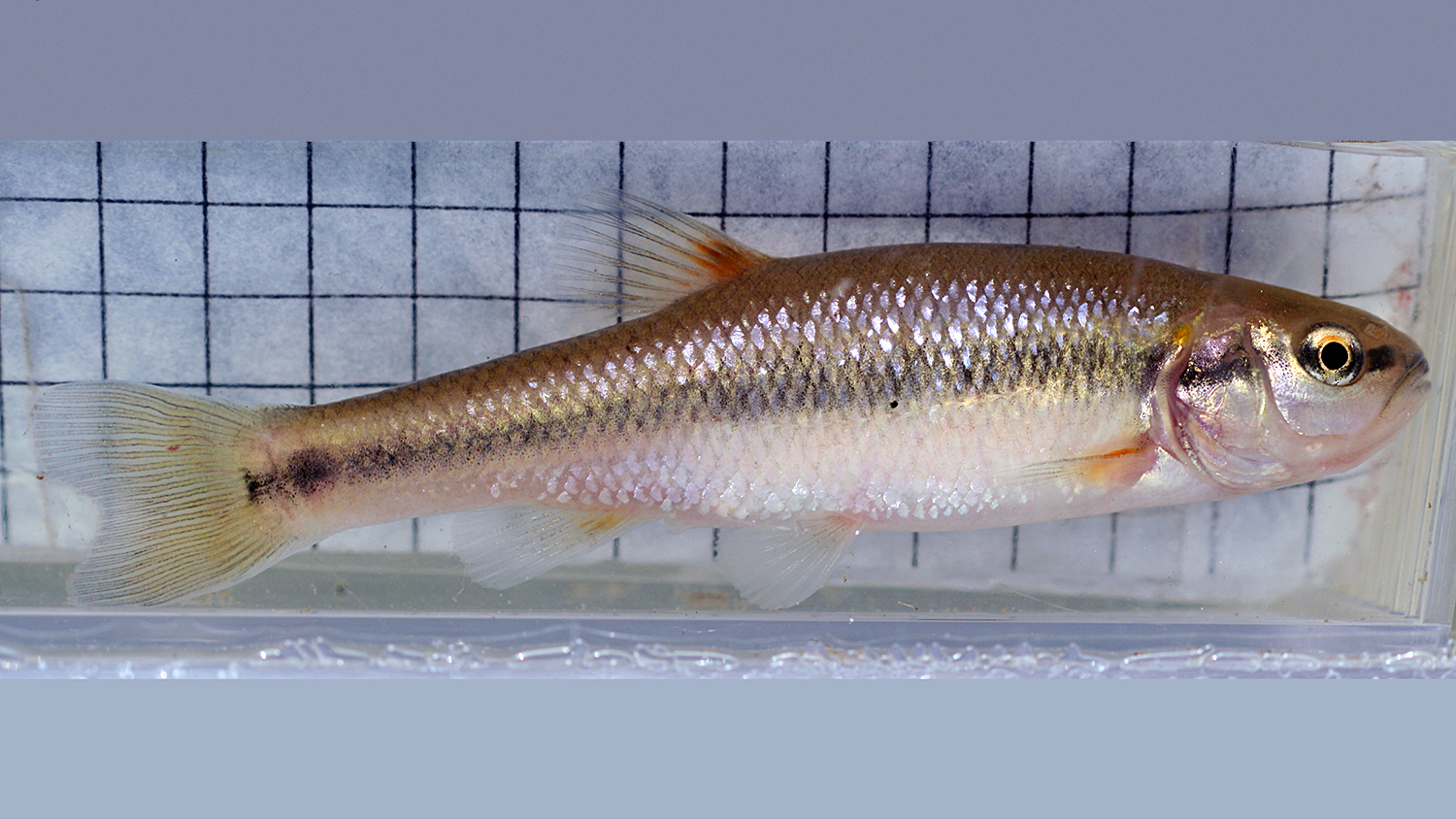
City Fish Evolve Different Body Forms Than Country Fish
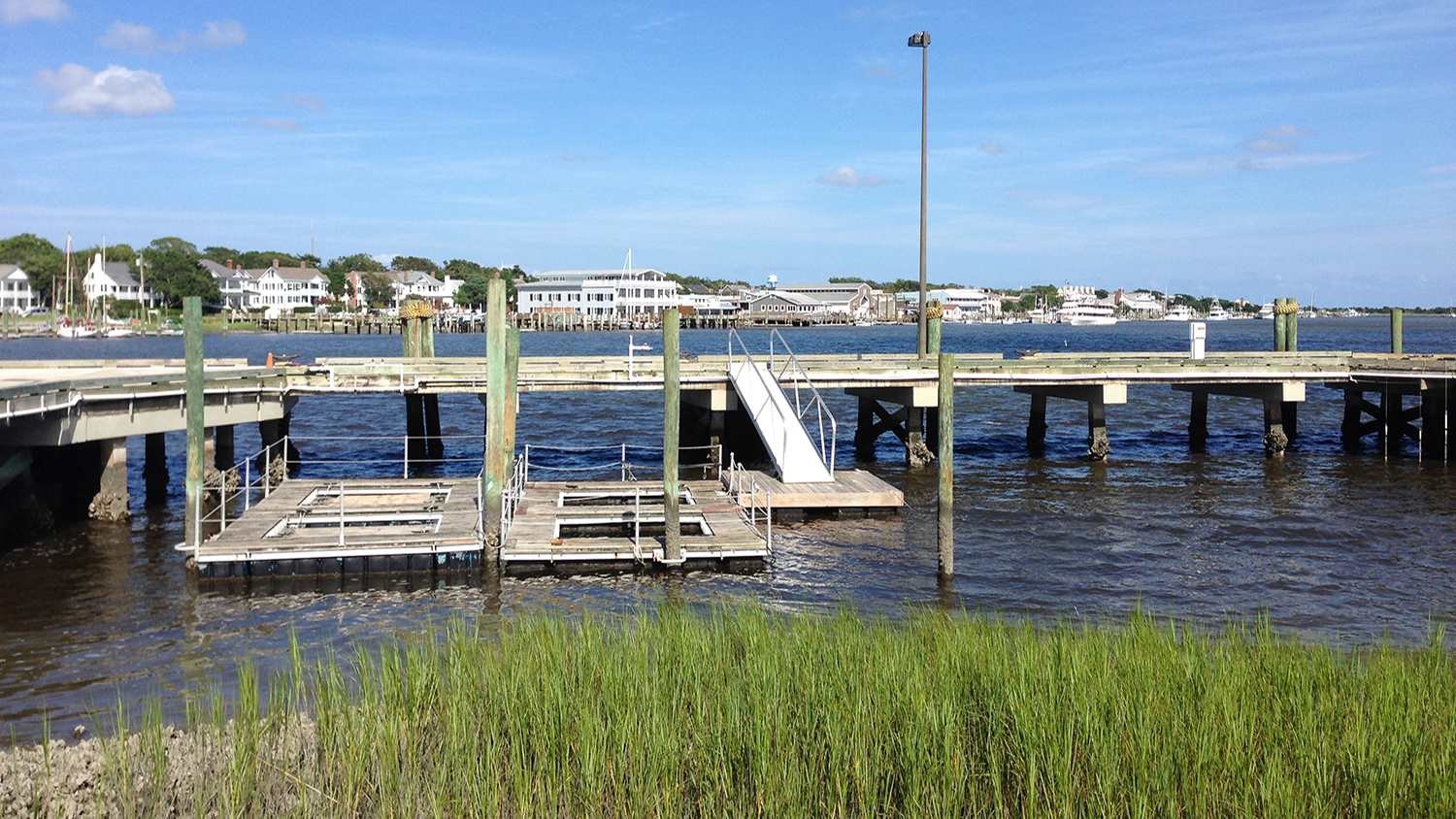
“Space” Invader – Invasive Marine Fouling Species Crowds Out Natives
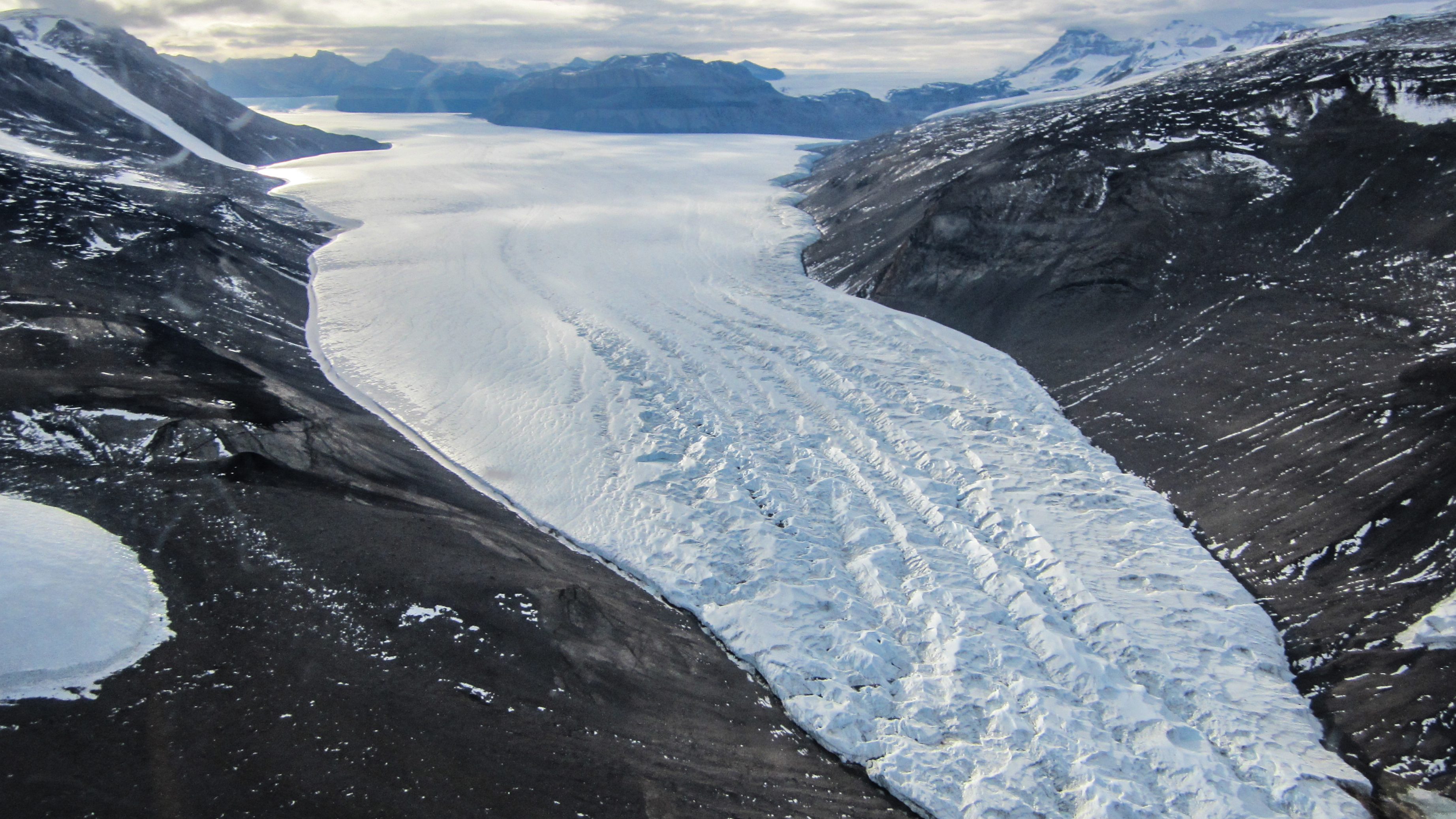
Tracing Subglacial Water Storage

Recommending a New Approach for the EPA on Low-Dose Endocrine Effects: Q&A With David Dorman
Monarch Revival
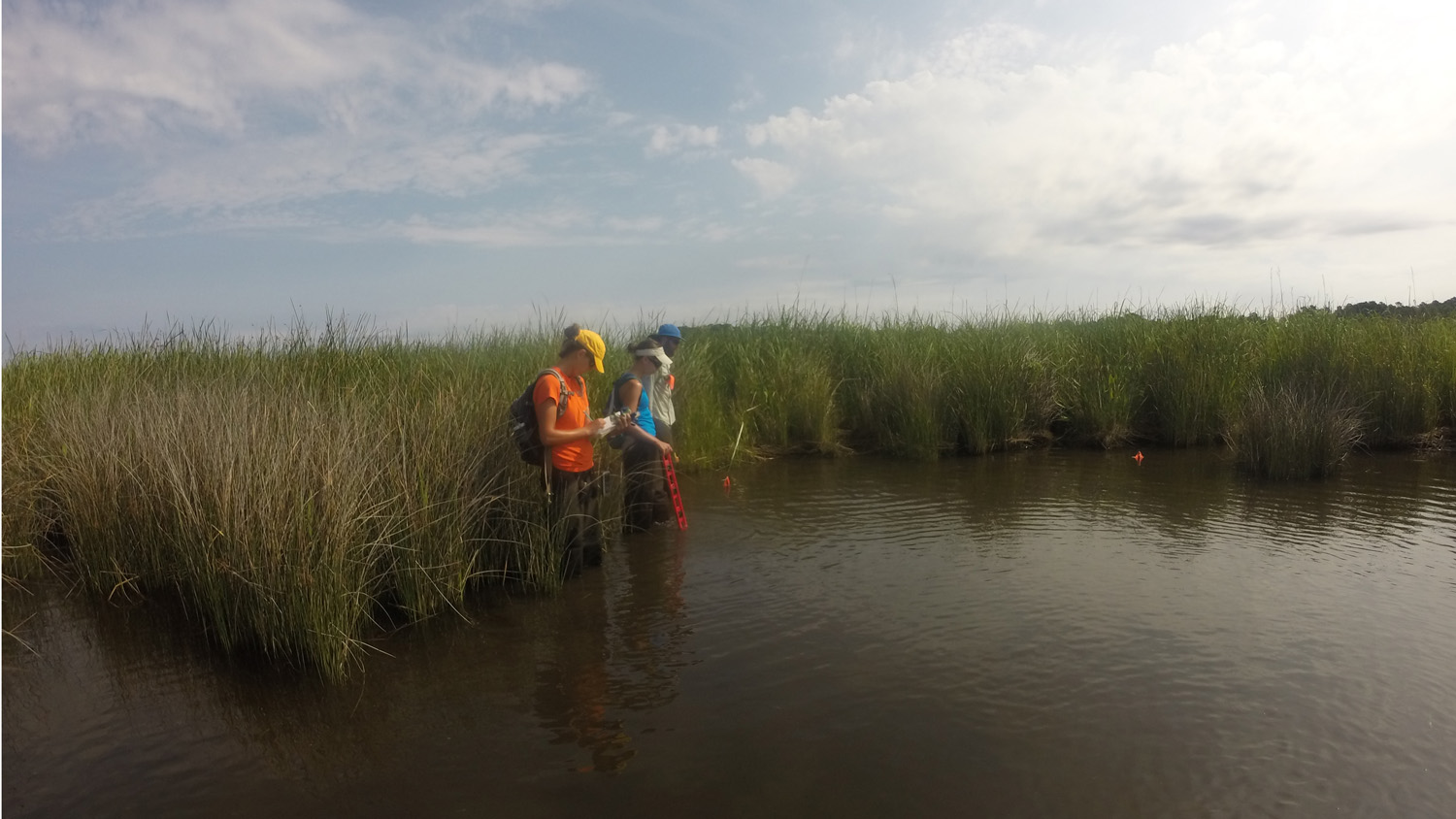
Invasive and Native Marsh Grasses May Provide Similar Benefits to Protected Wetlands
